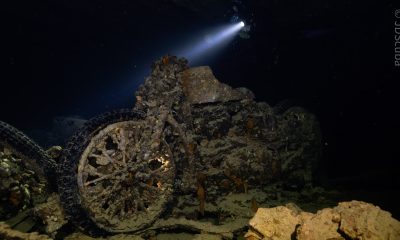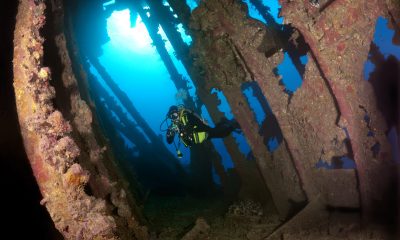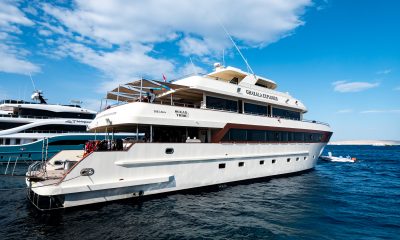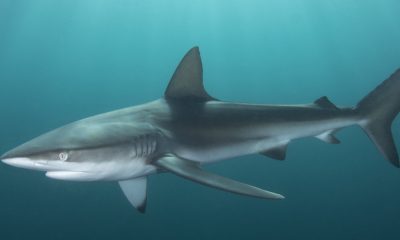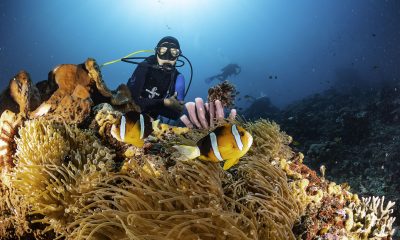News
Similan Islands Liveaboard Trip Report: Day 1
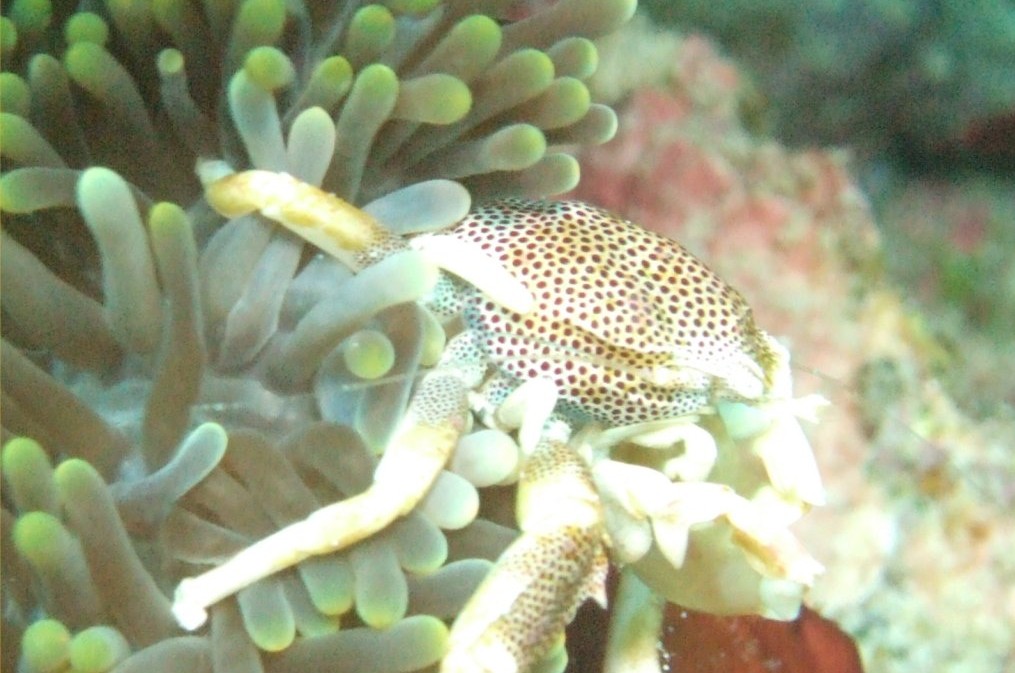
Read the prologue to this trip report here.
———————————————————————————————————————————————————————
I woke during the night to a sudden silence – we had arrived at our first dive site and the engines had been turned off.
A Bang! Bang! Bang! at the door was followed by a voice shouting “Dive Briefing!”. It was 7:30am. I made my way to the meeting/eating/briefing area and grabbed some toast and a cup of tea. The dive groups had been sorted and were written on the white board. Next to the board there was a sketch of the first dive site, Hide-away Corner. Mats started the briefing by describing the site and what we might expect to see; it was an easy site and was always used as the first dive site to make sure everyone was comfortable (more likely to make sure the divers were as experienced as they said they were). There were two moorings lines, one at each end of the reef; we would drop down and go with the current at the south end of the reef.
My group, which included my travelling companions Neville and Sharky, was the third group to dive. The groups would take turns in who went in first; I had asked if we could have the Thai dive master ‘Jay’, pronounced ‘Yai’, as I had dived with him before and he new where every little thing was.
Breakfast at Similan’s
The first group entered the water at around 8am, followed quickly by the second and then by our group. A couple of the divers were checking their buoyancy and one diver was having trouble equalising, so we headed on. The site itself is a combination of coral reef, sand beds and a couple of large rocky outcrops covered in all types of corals. We swam along the reef spotting the usual reef dwellers: Angel fish, Wrasse, Lionfish and plenty of little fish I didn’t know the name of. The sandy areas were covered with spotted garden eels. We circled the first big rocky outcrop a few times admiring the amount of life in all shapes and sizes before we carried on to the rest of the reef. It wasn’t long before the reef thinned out and time and air were against us. Dive number one over.
Once the last person was back on the boat, out came breakfast. The chef, Mama Lek, always cooked too much. Thai food was available at request, but otherwise it was a pile of bacon, sausage, eggs, ham and toast (whoops! There goes the diet). After breakfast I went back down to my cabin to review my photos from the dive and grab a quick snooze.
Bang! Bang! Bang! “Dive Briefing!”
It was 10:30am, and time to head back upstairs for the next briefing. Dive two was going to be Elephant Head Rock. This dive was going to be quite different from the first; it consisted of a group of large boulders creating swimthroughs and caverns. We entered the water on the south side, where there were a smattering of corals on the huge boulders. We swam around following Jay to the first of the swimthroughs; it wasn’t a long swimthrough – none of them were – but it did provide shelter for a range of fish such as oriental sweetlips, parrotfish, grouper and angel fish. Shoals of blue lined snapper hung around outside.
After a few swimthroughs time and air was against us again, so we hung around in the shallows in awe of the amount of fish, such as a huge shoal of yellow fusilier sheltering from the current, and parrotfish passing us ejecting more sand for the fine beaches. Up went the DSMB and we followed three minutes later.
Back on the boat it was lunchtime. There was far too much food, but that wasn’t a problem, as I can’t resist good cooking. Then it was time for a rest on the sun deck to dry off in the midday sun, but not for too long; it was hot – really hot!
East of Eden
Dive number three was to be East of Eden, a similar sort of reef dive as earlier but with even more coral. The site is mainly coral reef with some small sandy areas, and a large rocky outcrop covered in all types of corals, both soft and hard, surrounded by large fan corals. We swam along the reef spotting the usual reef dwellers: Angel fish, Wrasse, Lionfish, Nudibranch, Coral Filefish, anemone crabs and triggerfish. Along the bottom of the reef I spotted a blue spotted stingray where the angled bed flattened off at around 27m. The sandy areas were again covered with spotted garden eels, and in the middle of the largest sand covered area there was a small patch of coral where a Giant Moray was residing.
I had already encountered this Moray on a previous dive to this site and warned everyone that it does like to come out and meet the first diver, and that you should keep your fingers hidden. Sometime during March 2005, one of the dive masters, who used to feed it sausages as it came out, lost his thumb, as it just looked like another sausage to the moray. Morays’ teeth point inwards, so the harder you pull the deeper they cut. He struggled and his thumb was the morays breakfast. There had already been divers through by the time we reached it and it stayed put, much to everyone else’s relief. We finished up in the shallows after an overwhelming amount of life and colour. Dive number three was over.
Donald Duck Bay
Back on the boat we were asked if we wanted to go ashore to Donald Duck Bay on Koh Similan. Everyone decided that this would be a good idea; dry land for the first time in 24 hours seemed quite appealing. The tender was launched and everyone went ashore. While everyone else headed up to the viewpoint, I decided to go and look for some of the large Water Monitor Lizards that live on the island. There used to be a large flooded area a couple of hundred metres from the shore where the lizards could be found, but since the Tsunami it has been drained. Despite this I did manage to see three lizards, the biggest of which was around 90cm. Soon our time ashore was up and we had to head back to the boat.
Turtle Head Rock
The next dive briefing was at 6:30pm. Dive number four was to be Turtle Head Rock (they seem to like to name rocks after what they resemble in the Similan Islands). It was going to be shallow and shorter than the daytime dives. Torches were supplied but weren’t brilliant, so I used my little BCD torch instead.
We entered the water at 7pm. For most of the dive we remained quite close as a group, and eventually I decided I was happier with a little more space. Every time I got to what I felt was a comfortable distance from everyone else, someone would flash their light in my direction to let me know that they thought there was something interesting enough to get a photo of (usually another lionfish, and in my opinion there were plenty of those to see during the day dives).
Sleeping parrot fish in their protective bubbles could be spotted all over the reef. The site was a mixture of corals and boulders, with loads of places for fish to hide. Surprisingly I didn’t see any crustaceans.
Oh well, three more night dives on this trip to go. The 40 minutes recommended dive time was over fairly quickly and we returned to the boat and was welcomed by yet more food than anyone could eat. After the meal we sat on the sun deck looking at the stars and talking over what we had seen during the day (and it wasn’t just about the marine life). It was then time to turn in, as we were going to be up early again tomorrow.
Read Similan Islands Liveaboard Trip Report: Day 2 here.
News
Stay Longer for Less at Temple Point, Kenya with Dive Worldwide
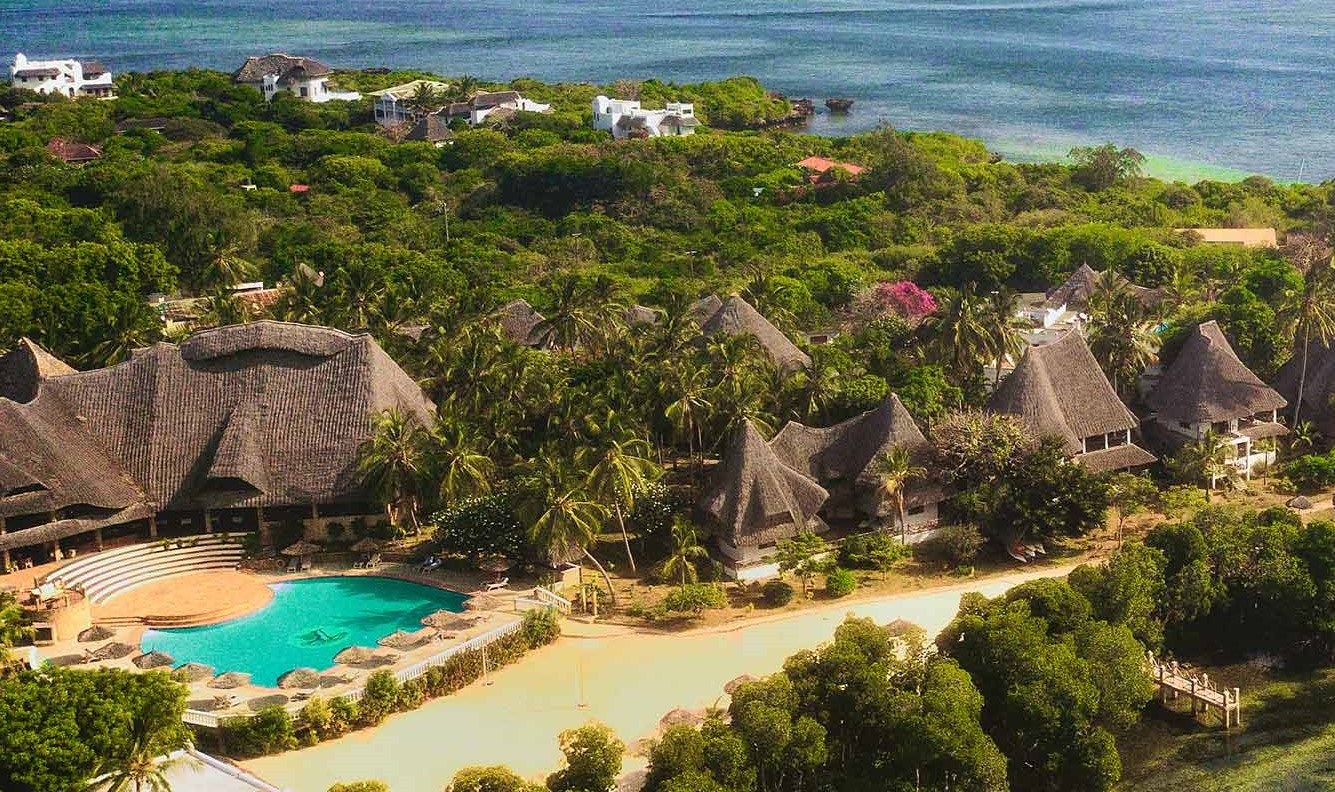
Dive Worldwide has recently introduced Kenya to its portfolio of dive destinations, making it a new must-visit for divers. The company has chosen Temple Point Resort, located in Watamu, a small town on Kenya’s Indian Ocean Coast. The resort embodies the spirit of Kenya, with thatched roof buildings and bright white interiors, complemented with local art. The Creek Deluxe rooms enjoy a creek view and sunset vistas, whilst Boutique Garden rooms offer peace nestled in lush greenery.
An abundance of activities such as golf, stand up paddleboarding and kite surfing await those looking for action; while those in search of rejuvenation may partake in a range of yoga classes, or indulge in the spa. Spend evenings dining poolside dining or lazing in hammocks suspended over the creek; there is no detail missed at Temple Point.
The waters surrounding Temple Point Resort are bustling with life, however, there is also an opportunity to explore on dry land. Tsavo National Park is close enough for a day safari, allowing guests to double up on the wildlife experiences Kenya has to offer, from elephants to whale sharks.
Suggested Dive Itinerary: Dive and Discover Kenya
Embark on an adventure to one of Africa’s finest marine parks, Watamu, the first of its kind in the continent. Created in 1968, Watamu offers excellent diving and snorkelling for those of all experience levels. Lively coral reefs and the surrounding waters are home to over 1,000 species of fish, devil rays, mantas, whale sharks, dolphins and turtles.
DEAL: Stay 12 nights for the price of 10 at Temple Point Resort
Price: Dive and Discover Kenya now costs £2295pp, saving £150 per person. Including international flights from the UK, 12 nights’ B&B (for the price of 10), transfers, 5 days, 10 dive pack, tanks and weights. Based on travel in September ONLY. https://www.diveworldwide.com/trip-ideas/dive-discover-kenya#details
For more information visit: diveworldwide.com or call 01962 302 087
News
Dive Worldwide Announces Bite-Back as its Charity of the Year

Over the next 12 months, specialist scuba holiday company Dive Worldwide will be supporting Bite-Back Shark & Marine Conservation with donations collected from client bookings to any one of its stunning dive destinations around the world. The independently-owned operator expects to raise £3000 for the UK charity.
Manager at Dive Worldwide, Phil North, said: “We’re especially excited to work with Bite-Back and support its intelligent, creative and results-driven campaigns to end the UK trade in shark products and prompt a change in attitudes to the ocean’s most maligned inhabitant.”
Bite-Back is running campaigns to hold the media to account on the way it reports shark news along with a brand new nationwide education programme. Last year the charity was credited for spearheading a UK ban on the import and export of shark fins.
Campaign director at Bite-Back, Graham Buckingham, said: “We’re enormously grateful to Dive Worldwide for choosing to support Bite-Back. The company’s commitment to conservation helps set it apart from other tour operators and we’re certain its clients admire and respect that policy. For us, the affiliation is huge and helps us look to the future with confidence we can deliver against key conservation programmes.”
To launch the fundraising initiative, Phil North presented Graham Buckingham with a cheque for £1,000.
Visit Dive Worldwide to discover its diverse range of international scuba adventures and visit Bite-Back to learn more about the charity’s campaigns.
MORE INFORMATION
Call Graham Buckingham on 07810 454 266 or email graham@bite-back.com
-
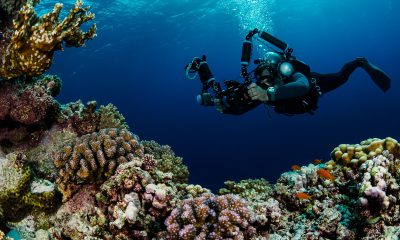
 News3 months ago
News3 months agoHone your underwater photography skills with Alphamarine Photography at Red Sea Diving Safari in March
-
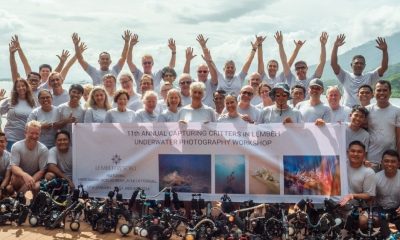
 News3 months ago
News3 months agoCapturing Critters in Lembeh Underwater Photography Workshop 2024: Event Roundup
-
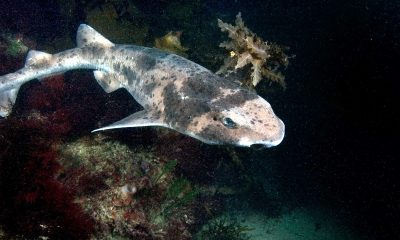
 Marine Life & Conservation Blogs3 months ago
Marine Life & Conservation Blogs3 months agoCreature Feature: Swell Sharks
-
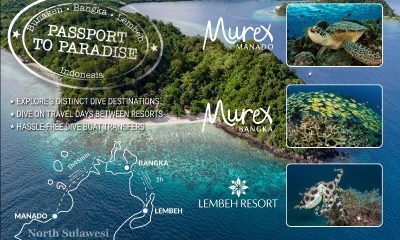
 Blogs2 months ago
Blogs2 months agoMurex Resorts: Passport to Paradise!
-
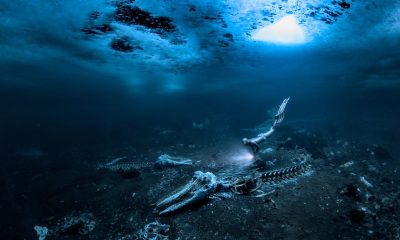
 Blogs2 months ago
Blogs2 months agoDiver Discovering Whale Skeletons Beneath Ice Judged World’s Best Underwater Photograph
-
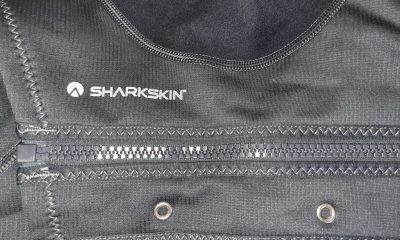
 Gear Reviews3 weeks ago
Gear Reviews3 weeks agoGEAR REVIEW – Revolutionising Diving Comfort: The Sharkskin T2 Chillproof Suit
-
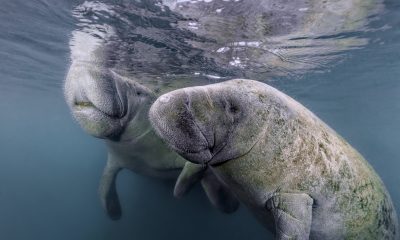
 Marine Life & Conservation2 months ago
Marine Life & Conservation2 months agoSave the Manatee Club launches brand new webcams at Silver Springs State Park, Florida
-
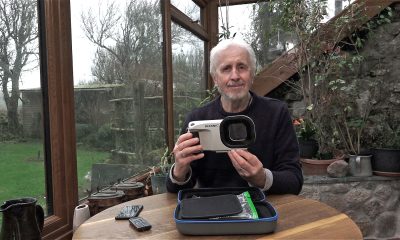
 Gear Reviews3 months ago
Gear Reviews3 months agoGear Review: Oceanic+ Dive Housing for iPhone



